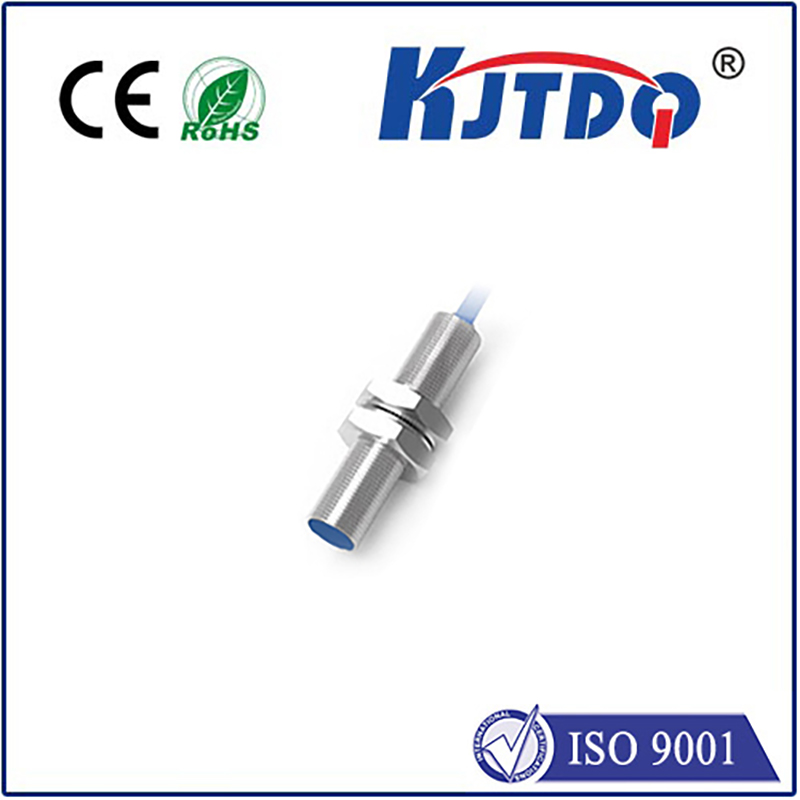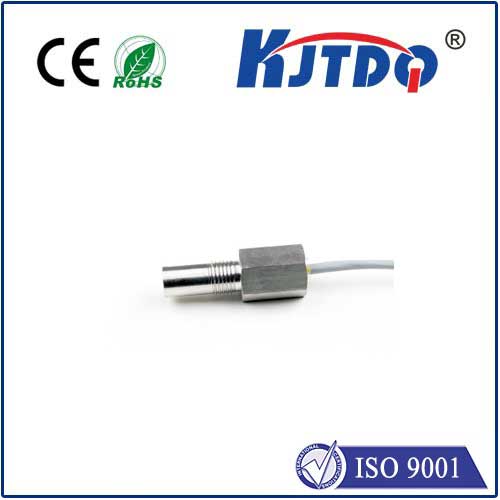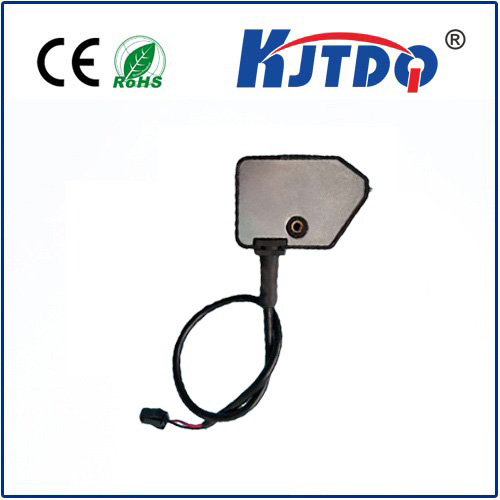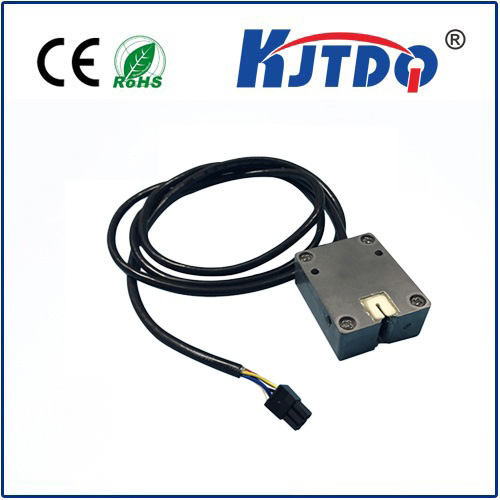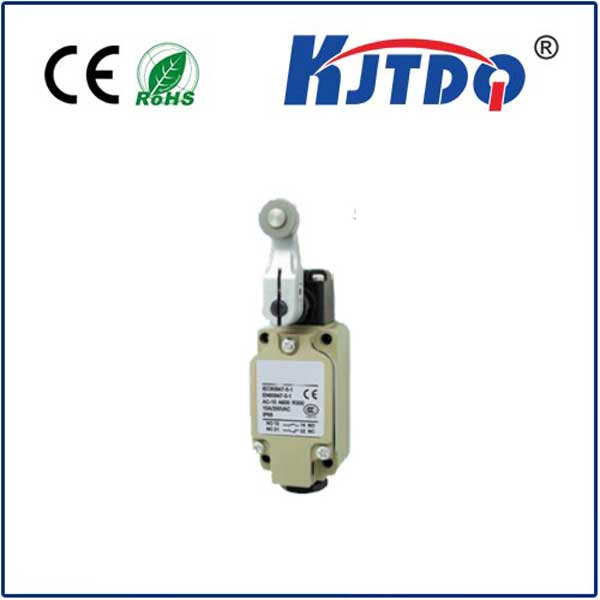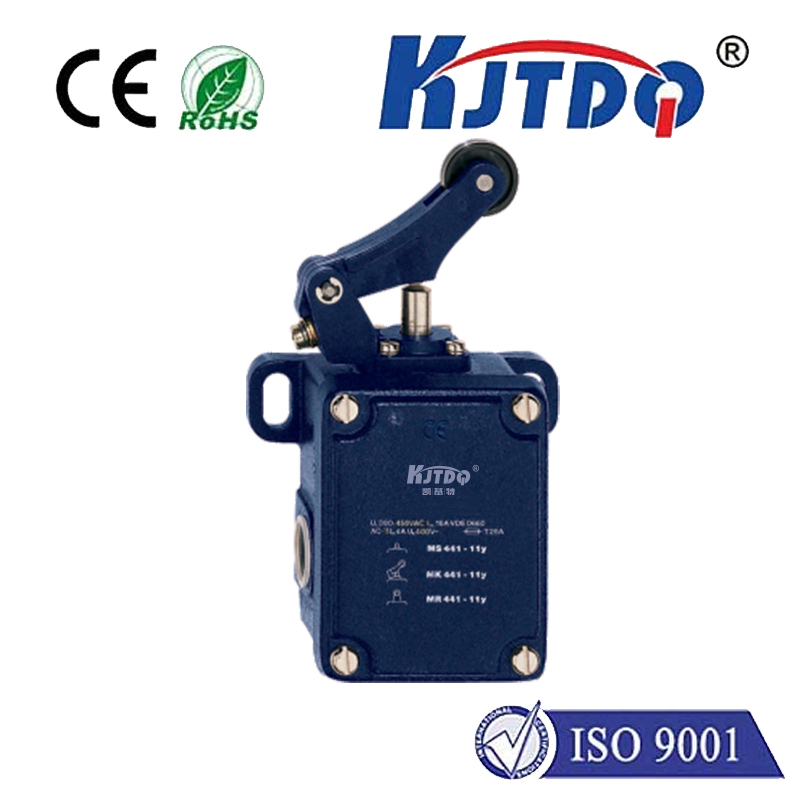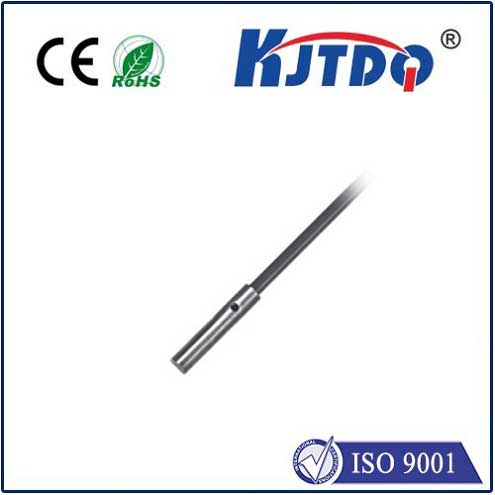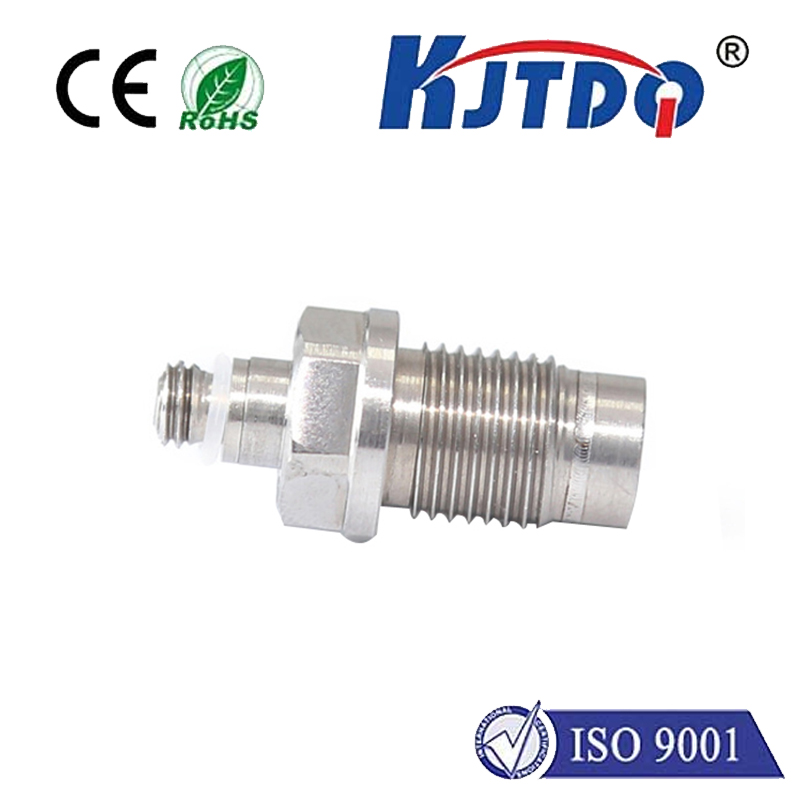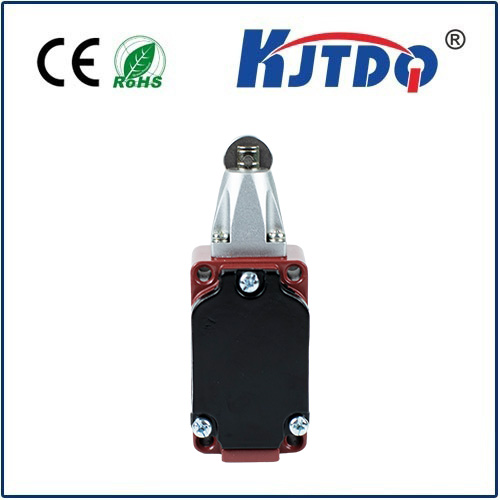
check

check

check

check
Title: Integrating Limit Switches in Proteus for Enhanced Control Systems
In the world of electronic design and control systems, precision and reliability are paramount. One critical component that ensures these qualities is the limit switch, a simple yet essential device used to detect the presence or absence of an object. When integrated appropriately with simulation tools like Proteus, limit switches can elevate design capabilities, offering a comprehensive understanding of system behavior before physical implementation. This article delves into how integrating limit switches in Proteus enhances control system designs, ensuring they operate efficiently and safely.
Understanding Limit Switches
A limit switch is an electromechanical device that signals user-defined positions or endpoints. These switches play crucial roles in machinery and industrial processes, providing feedback on whether a machine has reached its intended position. In automation, they act as sentinels, preventing mechanical components from moving beyond their safe operating boundaries. By signaling when motion should start or stop, limit switches protect against mechanical failure and damage.

The Versatility of Proteus
Proteus, a popular electronic design automation (EDA) tool, allows engineers to simulate and analyze circuit designs virtually. It offers a suite of features for schematic capture, SPICE simulation, and layout editing. Its capability to mimic real-world conditions gives designers insights into circuit behavior without committing to physical components. For limit switches, this means being able to test their interactions with other components within a control system without assembling any hardware.
Simulating Limit Switches in Proteus
Integrating limit switches into a Proteus simulation entails adding them to the schematic as if they were any other component. Their function can be programmed based on specific logic or contact closure timings. Once integrated, the limit switch can interact with motor controls, microcontroller inputs, or relay logic to demonstrate its role in controlling the system's operation.
By simulating these switches, engineers gain a clear picture of how their designs respond under various conditions. The software provides visual cues and analysis tools to monitor the limit switch states, helping to fine-tune parameters such as switch sensitivity and response time. Simulation also helps in identifying potential issues like contact bounce, which could lead to unreliable operations in the physical world.
Advantages of Integration
The integration of limit switches with Proteus offers several advantages. Primarily, it reduces risks associated with physical prototyping by identifying design flaws early on. It also saves time and resources since adjustments can be made digitally rather than through physical changes. Additionally, it enables more accurate testing scenarios, allowing designers to simulate rare or extreme events that might not be safely or feasibly replicated in reality.
Conclusion
The synergy between limit switches and Proteus opens a door to refined control system design. Through simulation, designers can optimize limit switch placement and programming, ensuring machines operate reliably and safely. As technology advances, leveraging software like Proteus for thorough pre-implementation testing becomes increasingly valuable. By mastering the integration of limit switches in Proteus, engineers empower their projects with heightened performance and protection, setting a foundation for robust and efficient automated systems.
